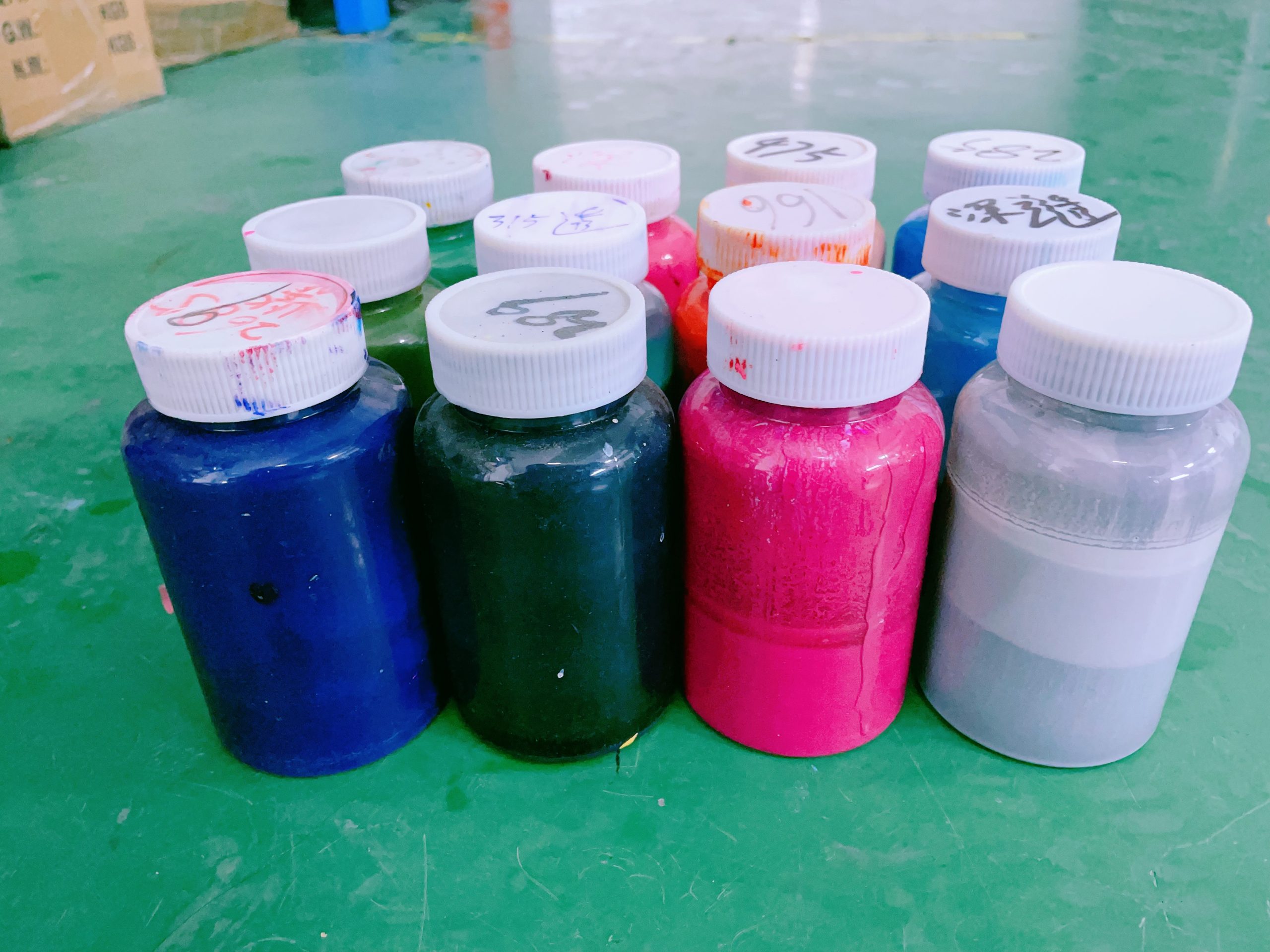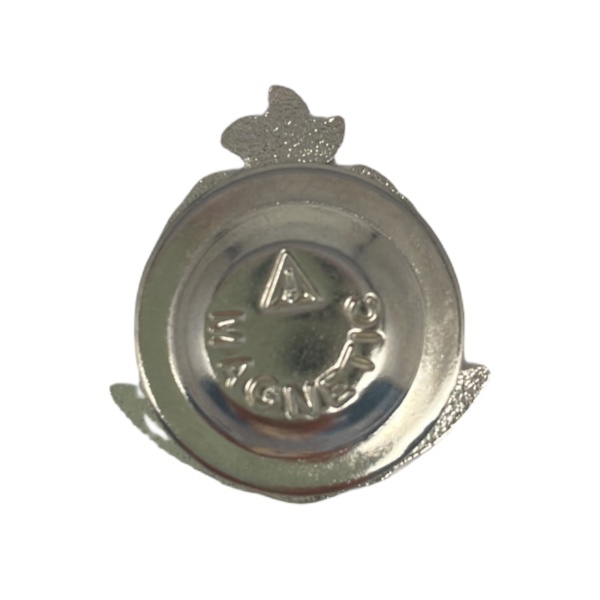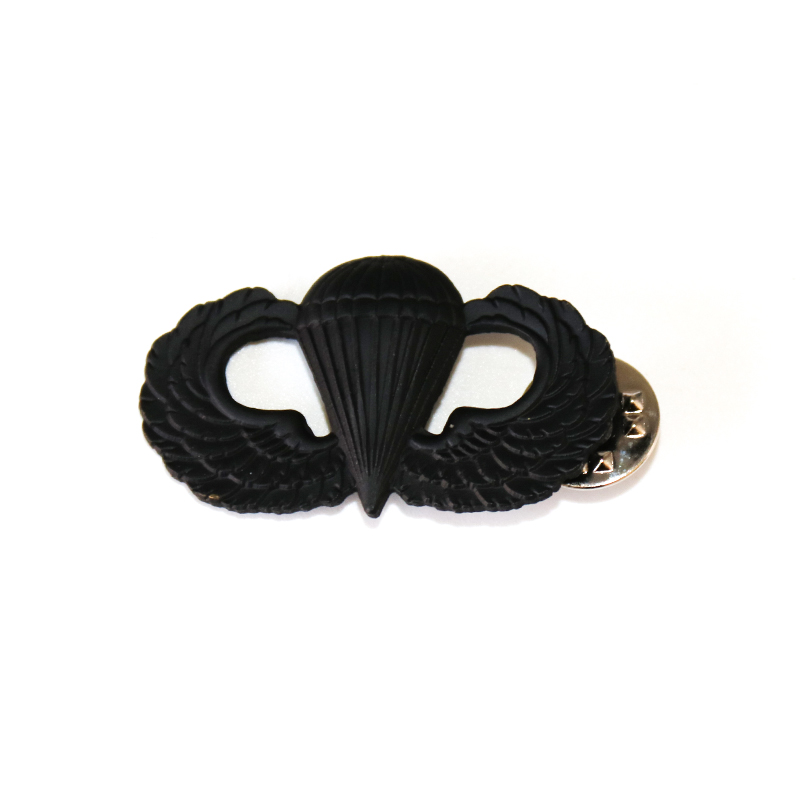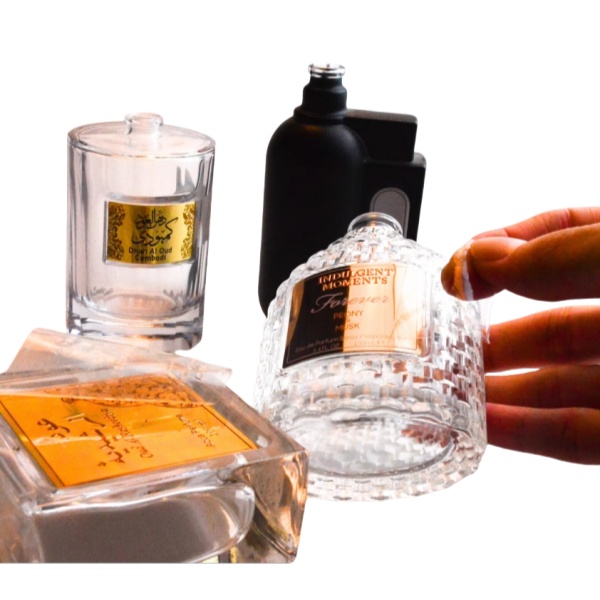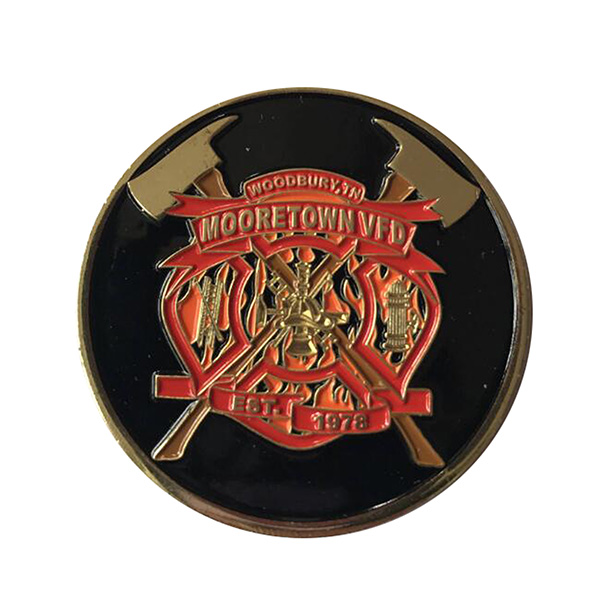How to fill enamel colors on challenge coin and lapel pin?
Filling enamel colors on challenge coins and lapel pins is an intricate process that involves several steps. Depending on the type of enamel (soft or hard), the process may vary slightly. Here’s a general guide:
1. Preparation of the challenge coin or lapel pin design
Die Casting or Stamping: The metal base is created by casting or stamping the design. This creates recessed areas that will be filled with enamel.
Polishing: The metal surface is polished to ensure it is smooth and ready for enamel filling.
Plating (if applicable): The base is plated in the desired finish (gold, silver, bronze, etc.) before enamel is applied.
2. Enamel Filling
Soft Enamel:
Liquid enamel is applied to the recessed areas. It sits below the metal lines, creating a textured finish.
Excess enamel is wiped off the surface, leaving it only in the recessed areas.
Hard Enamel (Cloisonné):
Enamel powder is filled into the recessed areas and then fired at high temperatures to harden.
After firing, the surface is polished flat, making the enamel level with the metal lines.
3. Baking or Curing
For soft enamel, the piece is baked at a lower temperature to cure and harden the enamel.
For hard enamel, higher temperatures are used during the firing process to achieve a glass-like finish.
4. Polishing and Finishing
After curing, the pins or coins are polished to ensure a smooth, shiny finish.
For hard enamel, an additional polishing step ensures the enamel and metal are flush.
5. Quality Control
Each piece is inspected for defects, such as uneven color or improper fills.
6. Optional: Epoxy Coating (for soft enamel)
A clear epoxy layer can be applied over soft enamel for extra protection and a smooth finish.
Tools and Materials Needed:
Enamel pigments (soft or hard) Please see the photos below:
Applicators (needles or syringes for precision)
This is manual working photos below:
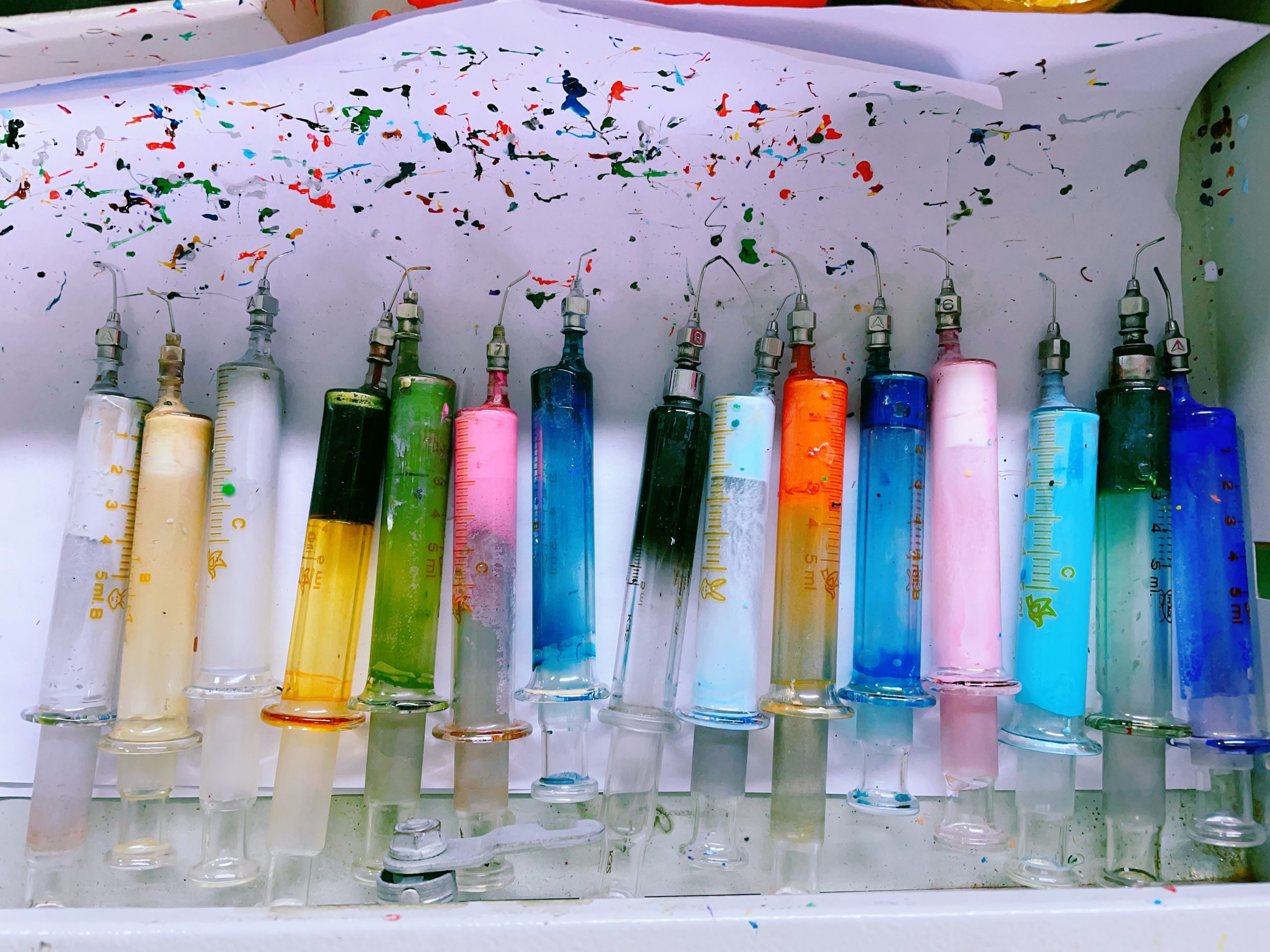
Oven or kiln (for curing or firing)
Polishing tools (buffing wheel, sandpaper)
This process can be done manually for small batches or automated for large-scale production orders.

